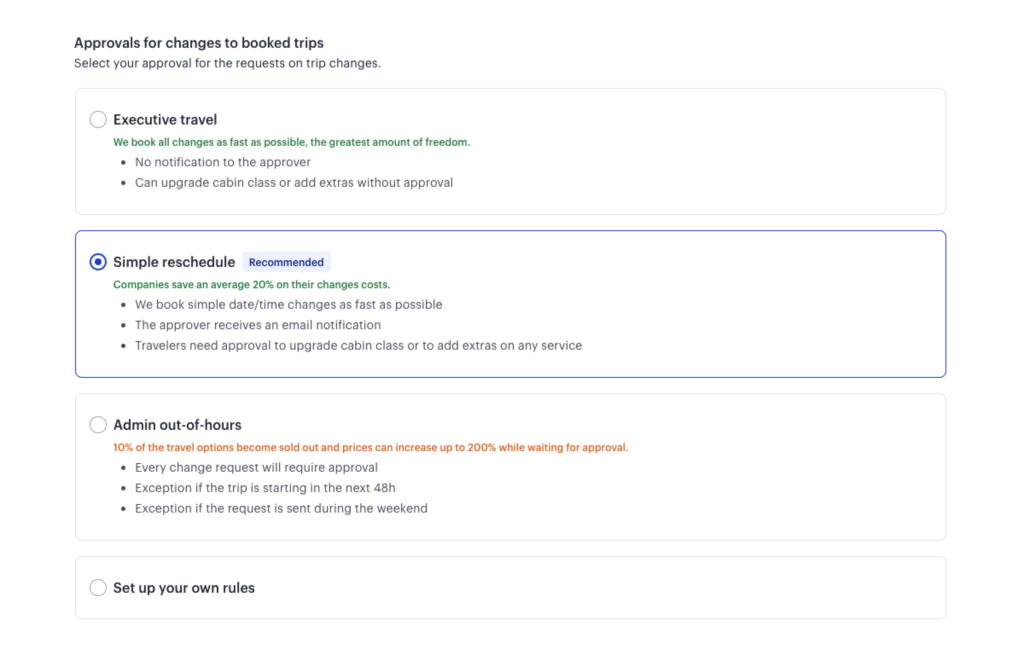
Breastfeeding is hard to keep up. Some 83 percent of babies in the United States start out on breast milk, but by 6 months, just 56 percent are breastfed — and at that stage, only a quarter drink breast milk exclusively, as the American Academy of Pediatrics recommends. That steady decline speaks to the wide-ranging challenges parents face in trying to breastfeed. Among them: It’s laborious, it’s time-consuming and it hinges on workplace and societal support.
To many parents, the gulf between public health goals and reality seemed to widen last summer when the A.A.P. updated its breastfeeding recommendations, saying that it supported breastfeeding for two years or more, if it’s mutually desired by mother and child. The organization called for changes to help make breastfeeding possible, such as guaranteed paid leave, and sought to destigmatize extended breastfeeding for those who choose it. But given that a majority of parents in the United States already struggled to make it to one year of breastfeeding, as the A.A.P. previously recommended, some saw the mere suggestion of continuing to two years as out of touch.
To find out what it takes to breastfeed a baby, The New York Times followed four mothers for a day as they nursed, pumped and supplemented their milk with formula.

‘I really don’t think that people realize how hard it is for women in medicine to breastfeed.’ — Dr. Laiyin Ma, 33

With a 4-year-old, a 2-year-old and a 3-month-old at home — and having recently opened a private ophthalmology practice — Dr. Laiyin Ma is busy. Still, balancing work and breastfeeding feels easier now than when she nursed her older daughters during a grueling medical residency and fellowship.


Dr. Ma returned to work four weeks after her oldest daughter’s birth and two weeks after her second arrived. She pumped milk in stolen bursts in clinic rooms, propping her chair against the door to prevent patients and colleagues from barging in. While performing long operations, she leaked breast milk under her surgical gown.


Now her hours are more reasonable, and she has an office with a door that locks — but Dr. Ma still feels relentless pressure to keep up. If an appointment runs long, she sometimes misses her midday pump.
“I’m constantly checking how many ounces I have for the next day, then calculating how much she has had,” Dr. Ma said. “I always, always stress about it.”

As a doctor, Dr. Ma is well versed in the health benefits of breast milk and wants to nurse her daughter, as she also hopes to pass along protective Covid antibodies.
But she is stung by the irony that doctors and nurses struggle to meet the health guidelines they themselves recommend. “I really don’t think,” Dr. Ma said, “that people realize how hard it is for women in medicine to breastfeed.”

‘It isn’t the kind of endorphin-heavy bonding experience that you hear about.’ — Lauren, 40
Lauren, a public-school teacher, has had markedly different breastfeeding experiences. With her older son, now 4, nursing was a struggle from Day 1: He had a hard time latching, and she had a low milk supply. Lauren, who asked to use only her first name as a condition for being photographed while she pumped milk at school, also had postpartum pre-eclampsia and was hospitalized for eight days.

She and her son saw multiple lactation consultants; an ear, nose and throat doctor; a craniosacral therapist; and an osteopath. Lauren “triple fed” — a laborious cycle of breastfeeding, pumping, then offering her son expressed breast milk, which she repeated eight times a day. Eventually, she switched to just pumping and formula, taking herbal supplements and an off-label drug used to boost milk production — until her doctor warned her that she was putting her health at risk.

“When breastfeeding is a struggle, it isn’t the kind of endorphin-heavy bonding experience that you hear about,” Lauren said. “For me, it was very, very stressful.”

With her 7-month-old, circumstances have been different. The baby latched right away, and Lauren has produced plenty of milk. Now, she pumps three times a day: twice on her commute, and once at school in a closet.

“I feel extremely fortunate to have an extraordinarily supportive boss, and, even then, my pumping space is a closet with excess curricula, defunct technology,” Lauren said. “It doesn’t have a lock, so I’ve had some awkward moments with my colleagues walking in.” Lauren hangs a sign on the door but pumps next to a large computer with a fan so loud that she cannot always hear when someone knocks. Still, she feels lucky to have a boss who has found her at least some private space in a school where every inch is being used. Lauren knows many working parents do not have that.

As someone who has felt the highs and lows of breastfeeding, Lauren is split on the pediatric academy’s guidelines: Had the recommendation come out four years ago, when she felt such pressure to make breastfeeding work, she would have felt “devastated.”


Now, she appreciates that the recommendation could empower her to ask for pumping time and space beyond a year if she wants, though she does not have a specific goal in mind.

“I’m trying,” Lauren said, “to be much more open-minded about what ‘success’ looks like.”

‘There was never any specific end goal. I just kept going.’ — Meaghan Nash, 43

Meaghan Nash is someone for whom breastfeeding has always come easily. She breastfed her eldest, now 5, well past his second birthday. And she is breastfeeding her 8-month-old on demand, a schedule she can manage because she is never apart from her baby for more than three hours at a stretch, holding him and nursing him throughout much of the day and frequently at night.
“I just nurse all the time,” said Ms. Nash, who works as a yoga instructor. “There are moments when you’re like, ‘Wow, every single thing I do now revolves around this.’”

With her eldest, “there was never any specific end goal. I just kept going.” No one said anything explicitly unkind to her about breastfeeding her son into toddlerhood, but family did joke that she would still be nursing him in college.

“When your child turns 1, people say, ‘You know, you can stop now,’” Ms. Nash said. She feels thankful that the A.A.P.’s new guidelines will “back us up.”
Ms. Nash teaches a few days a week and has contemplated adding more. Her husband works as a touring musician, and her decision to spend time at home with the baby as opposed to taking on more work is “definitely not the most financially sound decision,” she said.


Breastfeeding round-the-clock, as she does, can feel “claustrophobic” and “all-consuming,” Ms. Nash said, but it is also “magical.”


“I just marvel at every mother. I’m like, ‘How do you do it? How do you figure this out?’” she said. “How are we all doing it?”

‘I want my body back.’ — Aleigha Harris, 35
Aleigha Harris also struggled to breastfeed her first child, now 3. She worked at a start-up, and stopping to pump several times a day did not seem possible. Ms. Harris also grappled with postpartum anxiety and found that breastfeeding exacerbated her stress.


“It was draining. It was difficult. I was in pain all the time,” she said. When she stopped after her baby was 2 months old, “everything got better.”


Despite that experience, Ms. Harris went into her second pregnancy hoping to breastfeed, in large part because of the nationwide formula shortage that peaked earlier in 2022 but has since improved.

She made it over what she called the initial “terrible” hump: “You know, engorgement, and your nipples are cracking and you’re regulating your milk,” she said. Ms. Harris had thrush, a yeast infection on the nipples, which caused a burning, shooting pain that lasted for a month. She is “super proud” of herself for persisting and has come to relish the bond she feels while breastfeeding.
“He gives me a huge smile and kicks his little legs in excitement every morning for the first feed,” Ms. Harris said. “It’s honestly the best part of my day.”

Despite her joy, she feels ambivalence. When she last spoke to The Times, Ms. Harris was preparing to wean her baby, now 4 months old.
“Breastfeeding is a full-time, unpaid job. It’s time-consuming. It’s physically draining. It’s not free, nor can every parent do it — it’s not like turning a tap on,” she said. “I want my body back.”







